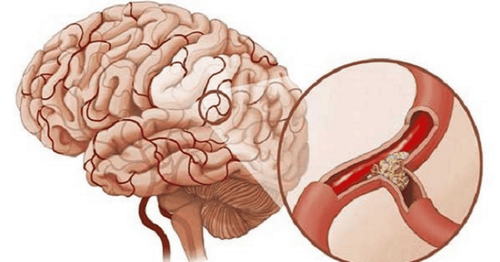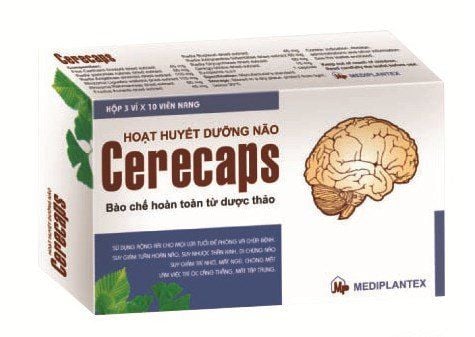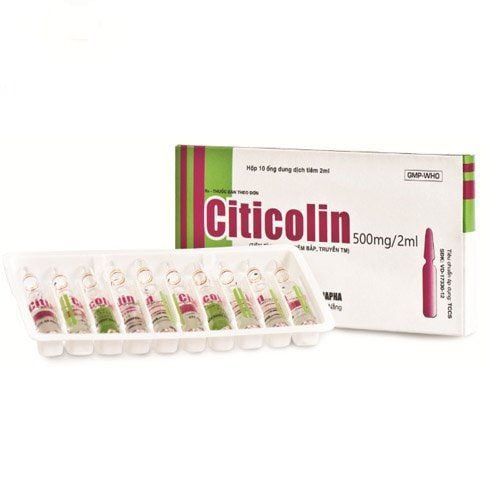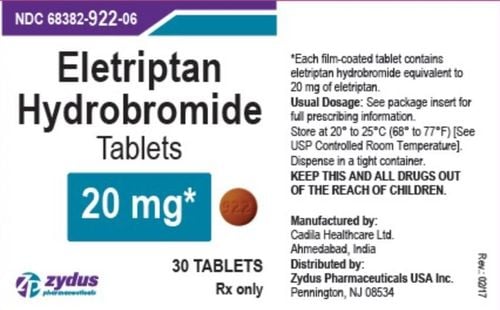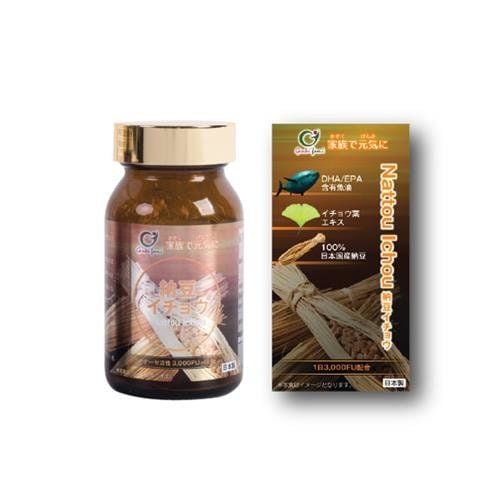This is an automatically translated article.
Cerebral vascular accident or stroke is one of the dangerous diseases for human health. This is a condition in which the blood and oxygen supply to an area of the brain suddenly stops, leading to the death of brain cells in the affected area after a few minutes. Patients may experience coma, paralysis, or even death, depending on the area of the brain affected and the severity of the damage. Early recognition and timely and appropriate treatment are extremely important. Rehabilitation after a stroke is an integral part of helping patients lead a healthy life and be able to participate in their best daily activities.1. Disaster phenomenon
Cerebrovascular accident or cerebral stroke is a disease caused by a lack of blood supply to the brain, possibly due to cerebral vascular occlusion, cerebral bleeding or some other cause. Parts of the brain that are not nourished by blood should be damaged, which can be mild or severe, leading to some harmful sequelae to the patient's health such as sensory disturbances, cognitive disorders, language disorders. , movement disorders ... and some other dangerous complications. The disease is also one of the main causes of death globally and in Vietnam, second only to cardiovascular disease.Depending on the disease, the age of the patient as well as the location of the damage in the brain, the disease will leave a number of complications such as:
Memory loss, not alertness... Language disorders: Slurred speech . urinary tract causing urinary incontinence, urinary retention. Disturbances of the digestive system cause difficulty swallowing, constipation ... Affects some psychological problems such as depression, anger, inability to regulate emotions...

Liệt nửa người gây rối loạn vận động
2. Rehabilitation after a stroke
According to some studies, rehabilitation after a stroke is one of the effective measures for patients to recover from a stroke, including cases of severe cerebrovascular accident. This technique helps the patient recover by making the damaged parts of the patient's body able to restore its function as before, helping the patient to have a good health and function. normal. Some methods of rehabilitation after a stroke are as follows:Rehabilitation: This is a basic and extremely important measure in a patient's rehabilitation after a stroke. Exercise and use machines and tools to assist patients in rehabilitation after a stroke, under the guidance and help of medical staff with expertise and experience in this field, rehabilitation exercises After a stroke, it should be performed as soon as possible and regularly, in accordance with each disease form as well as the patient's health status. Treatment with traditional medicine such as acupuncture for a number of points on the body in the hand such as Kien Trung, Kien Tinh, Ty Nhu..., acupoints in the legs such as Hoan Dau, Phong Thi, Yin Lingquan ... and acupoints in The head face and neck include Bach Hoi, Xia Quan, and far away. Electroacupuncture is performed by placing the patient in a supine or slanted position, electrifying the patient once a day with a duration of 25-30 minutes, performed about 30-45 times/course. Depending on the severity of the patient's complications, the number of courses will be more or less. Thuy acupuncture is used a number of acupoints on the body such as thyroid acupuncture point when the patient is paralyzed after a stroke or some other acupoints such as Thu Tam Ly, Phong Thi... Besides water acupuncture, it is necessary to supplement vitamin B1. B6 and B12 in high doses, along with drugs to support brain circulation and nourish nerves such as Cerebrolysin, Citicoline, Gliatilin for hydrotherapy. In addition, acupressure massage can be performed on the head, face, back and extremities, most often in the paralyzed body area.

Phương pháp châm cứu cho bệnh nhân tai biến mạch máu não
Implement a rigorous recovery program after a stroke, following the method prescribed by the doctor specified. When suffering from diseases such as high blood pressure, diabetes, heart disease, etc., it is necessary to treat and control well to reduce the risk factors for stroke. Have a reasonable diet, reduce fat and increase fiber and vitamins in the body. Have a reasonable work and rest regime, avoid stress and stress in life. Do not smoke, drink a lot of alcohol.

Một chế độ dinh dưỡng khoa học giúp phòng bệnh
Rehabilitation after a stroke is an extremely important stage for patients experiencing a stroke, which should be done as soon as possible to limit late complications such as immobility, animals, urinary tract infections... Caring for patients after a stroke also plays an important role in the patient's recovery after a stroke.
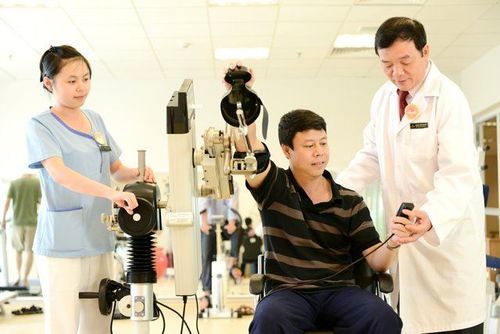
Phục hồi chức năng sau tai biến tại Bệnh viện Vinmec
Please dial HOTLINE for more information or register for an appointment HERE. Download MyVinmec app to make appointments faster and to manage your bookings easily.




